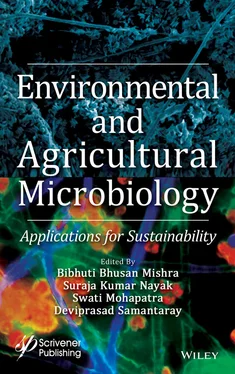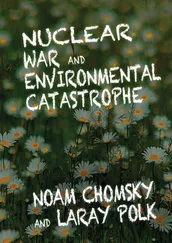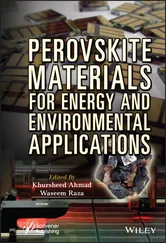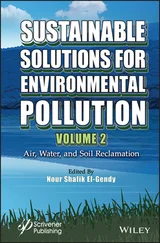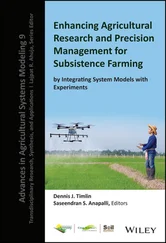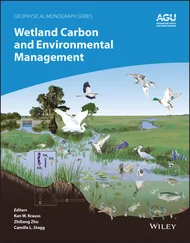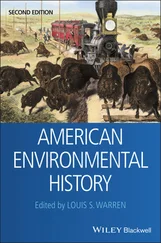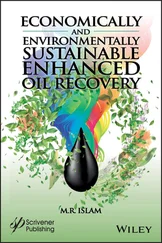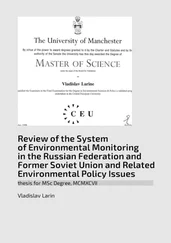4.2.3 Degradation of Nylon 4 Under the Soil
Nylon 4 is synthesized from 2-pyrrolidone, which means it is lactam of γ-aminobutyric acid (GABA). It has been reported that nylon 4 is different from other nylon because it degrades under the soil in the activated sludge [7, 12, 14]. Further, nylon 4 was blended with nylon 6, and its degradability was investigated, only nylon 4 part was degraded. Further, Yamano et al. found to degrade the nylon 4 inside the activated sludge further isolated Pseudomonas sp. with the strain ND-10 and ND-11 and GABA as a byproduct [14].
4.2.4 Fungal Degradation of Nylon 6 and Nylon 66 (Synthetic Polyamide)
Nylon 6 is synthesized via ring-opening polymerization of the ε-caprolactam ( Figure 4.2) and comes with various commercial names such as perlon, nylon, and steelon. A semi-crystalline linear PA is obtained from ring-opening polymerization of ε-caprolactam in the presence of a tin octoate catalyst [12–14]. In the presence of carbon and nitrogen loving fungi, ε-caprolactam is also degraded. Due to the strong interaction of hydrogen bonding, the degradation rate is slow, but some microorganisms can be degraded PAs, including the bacterial genera Pseudomonas , Achromobactor , and Corynebacterium and Bjerkandera adusta [12–15]. However, some of the authors reported the two kinds of fungal genera, which are lignolytic fungus Phanerochaete chrysosporium NCIM 1073 and Tarmetes versicolor NCIM 1086 in submerged cultivation using nitrogenous nutrient as a stimulator.

Figure 4.2 Ring-opening polymerization of caprolactam.
Both white-rot fungi are well known for lignolytic activity, which attacks the lignin. PA sheets were exposed through submerges cultivation process for microbial degradation, and nylon sheets decreased its thickness and molecular weight. Jozefa Friedrich et al . (2007) had tested 58 fungi for their degradation ability; out of these fungal strain, two fungi were more labile toward the degradation. The white-rot fungi, B. adusta and P. chrysosporium can degrade the polymer, but especially the Bjerkandera adusta disintegrated the fibers. U. Klun et al . (2003) were also tested the same kind of fungus P. chrysosporium that is well known for its lignolytic activity [12–15]. Abiotic (PA-6 placed without fungus) showed a partially weight loss, which means lesser than biotic (PA-6/fungus). Degradation of nylon-6 was observed in the culture of the basidiomycete B. adusta inside the submerged medium, initially break the surface part of the PA. Nylon 6 and Nylon 66 are also degraded in the presence of bacteria Pseudomonas aeruginosa NCIM 2242, which only targets the chain which contains an amide linkage.
4.2.5 Itaconic Acid-Based Heterocyclic Polyamide
Itaconic acid-based PA ( Figure 4.3) kept inside the soil for 1 year results in decreased shape, size, and color of polymer resins and photo-solubilization behavior under UV light, which favors the ring-opening phenomenon which reduces the threats of waste disposal [8].

Figure 4.3 Itaconic acid-based heterocyclic polyamide.
4.2.6 Summary and Future Development
The demand for PA degradation has been increased, but the PA industry is still not accepted as a biodegradable polymer, but some of the PAs can be degraded in the soil, which can fulfill future development for degradation.
Definition
PLA is the most commonly used bio-plastic, and it is a kind of thermoplastic aliphatic polyester. Lactic acid, the precursor of PLA, can be obtained very easily from various raw materials (like corn and starch), which is then polymerized to PLA. Several kinds of PLA are available to include PDLA (Poly-D-lactic Acid), regular PLLA (Poly-L-lactic Acid), PDLA (Poly-D-lactic acid), and Racemic PDLLA (Poly-DL-lactic Acid). They have slightly different characteristics properties but are produced from the same renewable resource (lactic acid).
Naturally occurring polymers, bio-derived plastics, and synthetic bio-based plastics from renewable resources are the existing bases for establishing a sustainable society. Replacing bio-sourced materials over the existing fossil-fuel-based plastics are the prime focus of recent research. Cheap raw materials such as maize, potato, starchy materials, and lignocellulose biomass are feasible for economic lactic acid production. Poly-lactide or polylactic acid (PLA) is the front-runner in the emerging bioplastics market with the best availability and the most attractive cost structure. Theophile-Jules Pelouze first synthesized PLA in 1845 by the lactic acid polycondensation method [16–18]. Later on, Wallace Hume Carothers introduced another method in 1932, which was patented by DuPont in 1954. PLA polymers change from amorphous glassy state to highly crystalline with high glass transition temperature and mechanical property. PLA can be processed into several materials like fused filament fabrication in 3D printers, medical implants (like anchors, screw), and packaging materials. Biodegradability of PLA is a natural phenomenon which is even faster as compared with other bioplastics. Mechanical property and biodegradability can be improved by several methods like-annealing, blending, the composite formation, side-chain modification, etc.
4.3.1 Availability and Production
Lactic acid also has a long invention history with the first reported discovery by Scheele [16, 17] on 1780 as a milk component, later on, Lavoisier named this milk component “acid lactic” in 1789 and Pasteur in 1857 confirmed it as a fermented metabolite rather than milk component [18]. Lactic acid produced by microorganism fermentation or via a synthetic chemical pathway. The demand for lactic acid-based products increasing globally and estimated to be raised around 2,000 kilotons by 2020 [19]; the largest consumer markets in the world are the United States, followed by China and Western Europe [17]. Lactic acid consists of two optical isomers: L (+)-lactic acid and D(−)-lactic acid, which can be prepared as optically pure isomers, i.e., L(+)- or D(−)-lactic acid by microbial fermentation ( Figure 4.4) of renewable resources with the correct choice of the microorganisms. Each isomer is advantageous over the other depending upon the application. Optically pure lactic acids are the best choice to make high molecular weight commercial grade bio-plastic rather than the plastics derived from the racemic mixture in the chemical synthesis method ( Figure 4.4). Apart from those, other numerous bioresources are available for lactic acid production, like glycerol (a by-product of bio-diesel) and microalgae (harvesting can be possible anywhere with a concise harvesting cycle). Microorganisms producing lactic acid are classified into two groups: bacteria and fungi, and their use depend on the substrates to be fermented. However, lactic acid bacteria (LAB) is the most popular method over the fungal production in terms of production rate caused due to mass transfer limitation and by-products formation. LAB can be classified into two categories depending upon the end fermentation product, homo-fermentative. It converts glucose into lactic acid as the sole product, whereas in the case of hetero-fermentative predominating side products like CO 2and ethanol are also formed along with the desired lactic acid. Several efforts have been given to optimizing lactic acid production through microorganism engineering, and in Table 4.1, a few of them are listed.
Читать дальше
